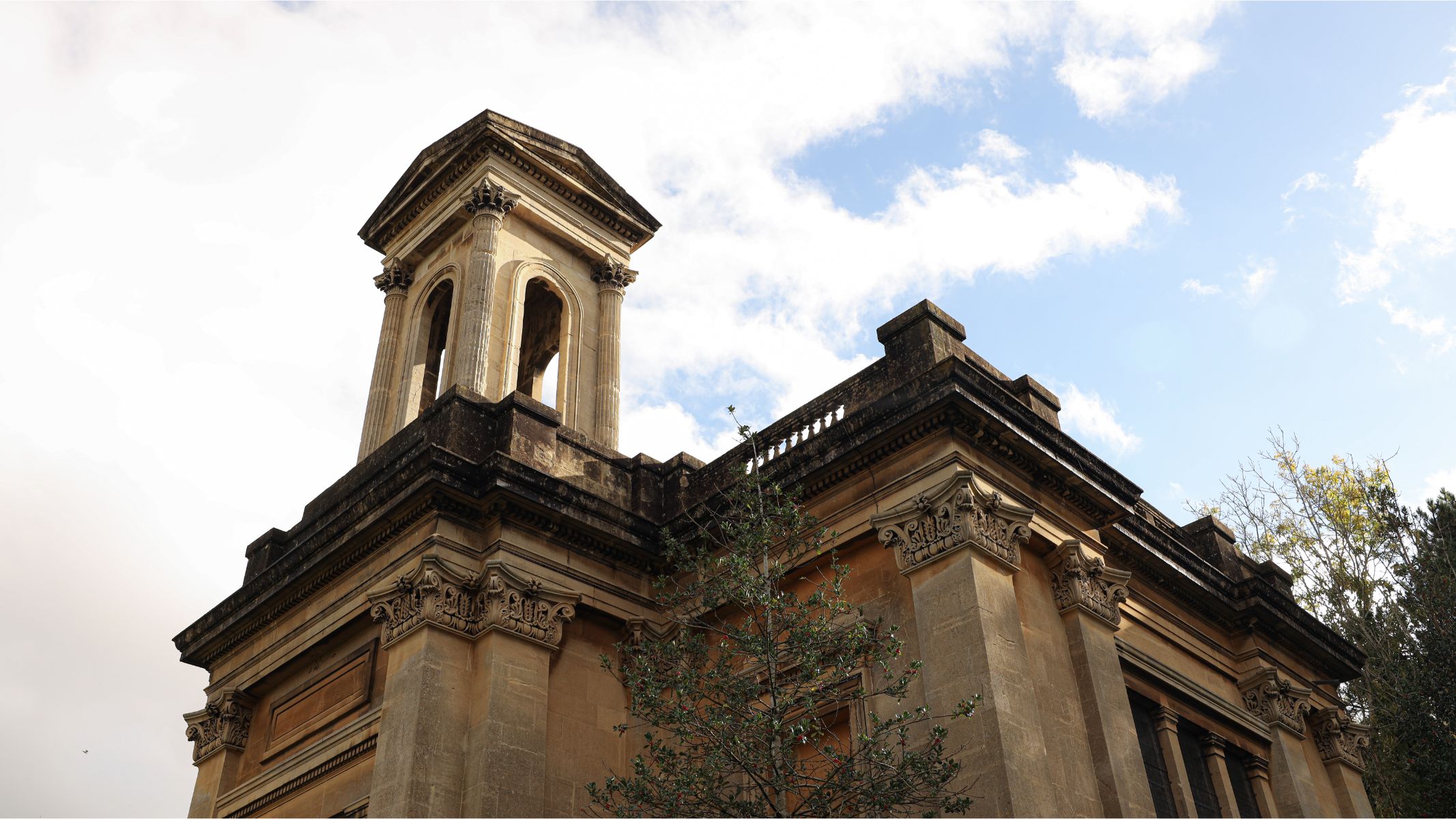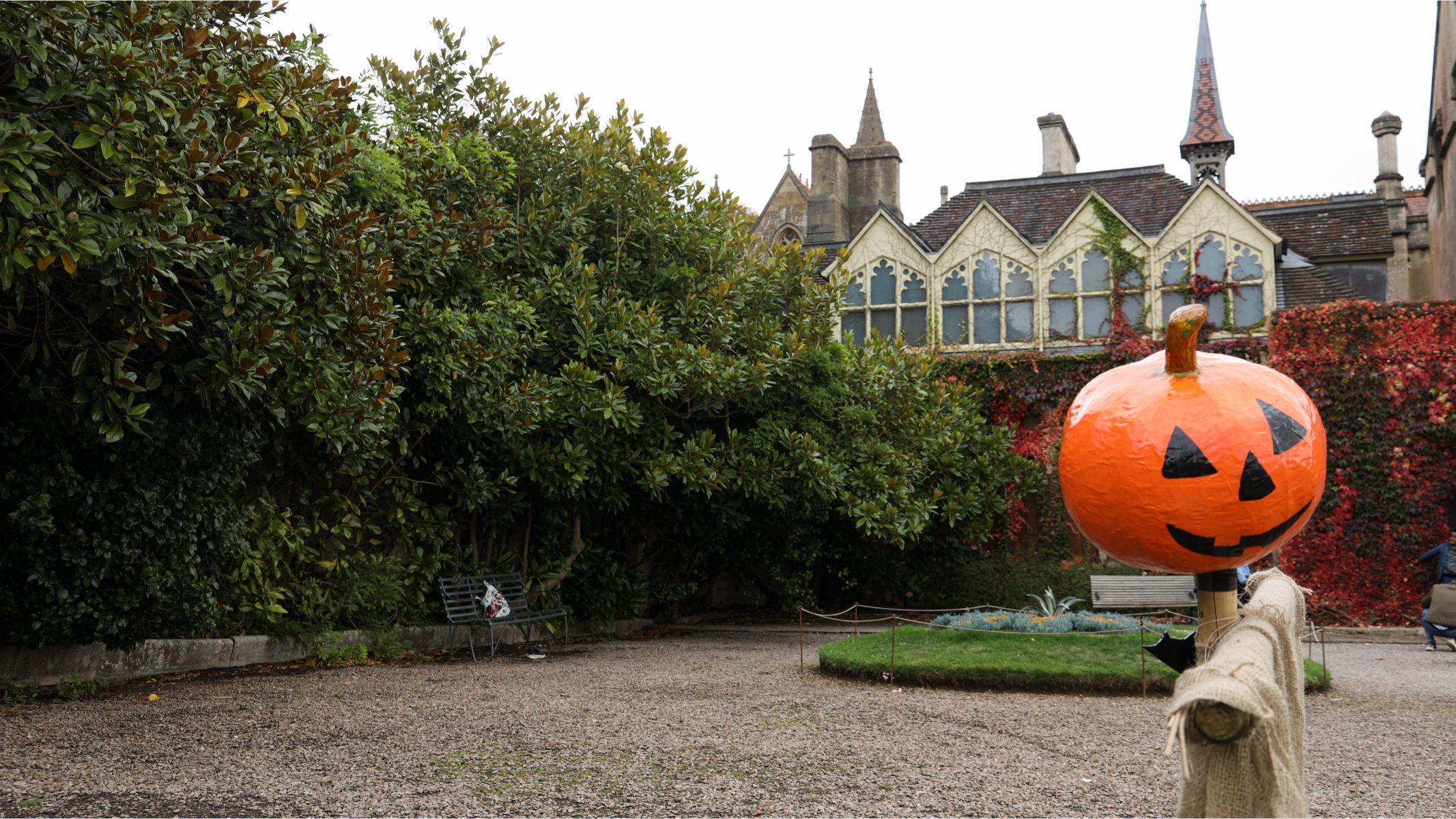Space Verdict
In normal light conditions, the Canon RF 24-105mm f/4L IS USM is a great lens, especially if you’re using it for landscape, street, and even portraits. However, as an astro lens it’s seriously middle of the road and we'd advise spending your money on a more specialist piece of glass if this is your main photographic pursuit.
Pros
- +
Great focal length range
- +
Highly versatile lens
- +
Surprisingly lightweight and portable
Cons
- -
Not great for astro, specifically
- -
No weather sealing
Why you can trust Space.com
We really enjoyed testing the Canon RF 24-105mm f/4L IS USM. It's a step above the standard 24-70mm f/4 lenses and it's a lightweight and versatile piece of equipment that is as happy shooting landscapes as it is picking out wildlife in a field, or even snapping shots of the family when you're on vacation. In regular light, it can handle almost anything you throw at it and the lens is light enough to fit neatly into a travel bag without weighing you down or taking up too much space. It's a great accessory to have with you on most shoots. However, it isn't particularly a low light or astro performer.
System: Canon RF mirrorless
Focal length: 24-105mm
Min focusing distance: 0.2m
Weight: 0.87 lbs / 395g
Dimensions: 2.9-in x 3.4-in / 76mm x 88mm
Filter size: 67mm
At $1300 in most stores, the 24-105mm is good value for money. Again, it handles most situations for the average shooter and it makes for a great 'kit' lens for an entry-level or enthusiast Canon body. However, if you're serious about getting one of the best lenses for astrophotography, you need to look at a more specialized piece of equipment. Here at Space, we love astrophotography, so while we really like the Canon 24-105mm f/4L IS USM, we can't really recommend it specifically for photographers that want to focus on astro. Here's why.
Canon RF 24-105mm f/4L IS USM review
Canon RF 24-105mm f/4L IS USM: Design

- Portable thanks to the lightweight design
- Simple layout and operation
- Telescopic zoom means lens gets bigger when zoomed in
Much like other lenses in Canon's mirrorless RF stable, this lens has a simple, uncluttered design. It's very light, relatively compact, and easy to navigate with your hands. It's worth noting that this is a telescopic zoom lens, which means the actual lens extends when you increase the focal length. That's no big deal and won't impact most filters you can attach to it, but be aware that it'll shift the weight ever so slightly when you're shooting with a tripod. Equally, it will change the minimum focal length if you're doing close-up work.
There are three control rings, as standard. One handles focal length, another focus, and the last one gives you the ability to change other factors like ISO or aperture. This final ring is closer to the furthest end of the lens, and it feels great to use, especially if you prefer shooting through the viewfinder rather than your camera's screen.

Elsewhere you have a switch close to the flange side of the barrel which flicks between autofocus and manual focus and you have the option to turn image stabilization on or off. This lens boasts up to 5-stops of image stabilization and we found it works fairly well which we'll discuss more in the performance section of the review.
When you buy the lens it comes with a lens cap, end cap and a hood. Weirdly, we found it tricky to screw the end cap onto this lens unless the red mark on the lens and cap were perfectly aligned. If you're focused on a subject and trying to change lenses by feel, this can be pretty annoying. Overall, though, it's tough to fault the design of the 24-105mm.
Canon RF 24-105mm f/4L IS USM: Performance

- Does well in normal light
- Some loss of clarity around edges
- Stabilization is fine, but not great
If you're spending $1300 on a lens you need to be assured it'll perform well. We're happy to report that the RF 24-105mm f/4L IS USM does a great job in most light conditions and if you're a photo generalist or a landscape photographer, you'll have a great time with this lens. The images it produces are sharp and clear in the center right through the focal length range and only start to lose any kind of clarity when you're at maximum zoom. Even then, we imagine most enthusiasts will rarely notice this, so unless you're a professional and you need perfect edge-to-edge sharpness, you won't be disappointed with the shots you get here.
We did test this lens at night and we struggled a little. Restricted to an aperture of f/4, it's harder to get pinpoints of stars. It gives decent landscapes with the 24mm focal width but it's difficult to gather enough light through the lens without shooting longer exposures (which causes the stars to blur and trail as the earth rotates). As an astro-specific lens it's restricted. It doesn't quite go wide enough to to capture those big night sky images that, say, an ultra-wide like the Canon RF 15-35mm f/2.8L IS USM, nor does it allow you to open up the aperture wide enough to keep the shutter speed relatively speedy. If you're shooting a largely dark sky you'll start to notice those slight inconsistencies at the edge of the image, too.

For other low-light situations, the 24-105mm performs adequately. We tested it with light trails and a shot of the moon. The trails were fine, and the image we got of the moon was pretty good as well, though it required a significant crop even at the longer 105mm end of the lens.
We experimented with lower light situations to test the image stabilization in the lens itself. While it clearly made a difference to have it switched on or off, we got some pretty blurry shots even when shooting around 1/15 to 1/20. This came as a bit of a surprise, as the stabilization in other Canon lenses we've tested is very good. In regular light it's fine but shooting a bed of multicolored leaves in the shade of a tree we saw a real loss of definition on the leaf shapes. Obviously, bumping up the ISO a little meant that even 1/50s shots came out clear, but we expected a bit more of the shake reduction.






Overall, the images we got with the 24-105mm are good. You just have to work slightly harder than normal to accommodate some of the features of the lens, especially if you're shooting in low light.
Canon RF 24-105mm f/4L IS USM: Functionality

- Not weather sealed
- Control ring tuning is fine
- Smooth zoom makes it good for video
We should note that the Canon RF 24-105mm f/4L IS USM isn't weather-sealed at all, so we recommend getting some kind of protection for it if you plan to use it in wet or dusty conditions. This is pretty disappointing for a lens at this price, regardless of the reasons for it, and will limit your ability to use it in adverse weather.
The standard control ring set-up works well and we found the torque on the rings ever so slightly looser than what we're accustomed to. This is very much a personal preference, so it isn't a mark against the lens — just an observation. Disappointingly, we felt like the 24-105mm was ever so slightly loose when connected to the EOS R we tested it with. Not enough to cause concern, but it did dent our confidence in the durability of the lens a little.
When it comes to zooming in and out, the motion is very smooth, one of the most satisfying feelings of any telescopic zoom we've used. When we were holding it to shoot, the lens felt nicely tactile regardless of whether we were shooting wide or long. The internal motors used for focusing are silent and efficient, so there are absolutely no concerns with this aspect of the lens.
Normally, we'd like to have a little more functionality baked into a lens, beyond the third control ring, but with the 24-105mm, we don't feel the need for it. This is meant to be a simple, versatile lens for general photography and, a few minor complaints aside, it achieves exactly that.
Should I buy the Canon RF 24-105mm f/4L IS USM?
If you're looking for a good kit lens that can perform at night, this isn't the glass for you. While it's a good daytime lens, the 24-105mm isn't a low light specialist. This is largely due to its inability to drop lower than f/4 and the slight limitation that comes with a lens with such a diverse focal length range. If you're an occasional astrophotographer and regular daytime shooter then this is a good lens and you could reasonably add an extra star to the score we've given it. If this is you, we suggest you pick up the 24-105mm in a sale like Black Friday or similar and perhaps purchase a 40mm or 50mm f/1.8 as a companion for it, to cover your astro shoots. It's an imperfect solution, but it'll work.
If this lens was a little cheaper we'd be able to overlook some of its low light shortcomings. However, at $1300 there are way better lenses you can buy for shooting the stars. Equally, if the moon is your thing, we'd advise getting something with at least a lens with at least 300mm to 400mm in focal length to increase the reach, or you'll be constantly cropping right into your images.
If the Canon RF 24-105mm f/4L IS USM isn't for you
If you have a bit more cash to spend and want a kit lens that can handle astro, we recommend the Canon RF 24-70mm f/2.8L IS USM. It's quite a bit more money, at $2400 in most stores, but it's a hell of a lens and it's as happy snapping photos of the night sky as it is portraits, landscapes and anything else.
Looking for more length? The Canon RF 24-240mm f/4-6.3 IS USM is a solid option, and it'll significantly boost your range. However, much like the 105mm, it isn't an astro lens, so while you'll pick out the moon quite comfortably don't expect it to be able to snap the milky way as easily.
For those with lower budgets that still need something versatile enough for most situations, we'd consider a fixed focal length prime lens. The Canon RF 50mm f/1.8 STM lens is a beauty, ideal for a range of photography styles and it's only $200.
Join our Space Forums to keep talking space on the latest missions, night sky and more! And if you have a news tip, correction or comment, let us know at: community@space.com.

Andy is a Content Director who has been working in media for over 20 years. Andy has run several brands during his career, including Top Ten Reviews, GamesRadar, and a suite of magazines. He is also a part time tutor in Game Design, a photographer, and a mentor. Andy specializes in landscape and urban photography, but also takes pictures of the moon and night sky. In his spare time, he enjoys building Lego with his son and watching all kinds of sci-fi TV.

